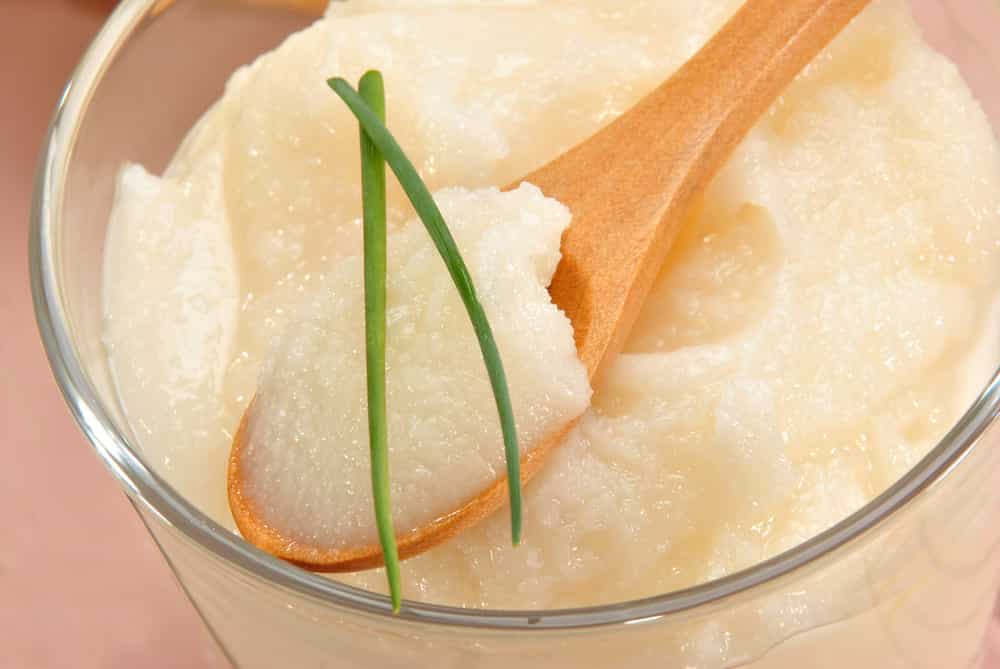
For every cooking recipe, butter and oils are essential. You might not know this, but different types of fats can impact the flavor of the recipe. That’s to say because goose fat vs. duck fat has always been a question of interest whenever a recipe demands fats. Truth be told, these two types of fats are generally confused with each other, but we are sharing the differences!
Goose Fat vs Duck Fat
Duck Fat
To begin with, duck fat has a sweet taste with a light texture. In the majority of cases, duck fat is used in savory recipes but is used in smaller portions. Duck fat is famous for delivering a rich flavor with a golden color that creates a perfectly crispy texture in the food. Generally, duck fat is used in making roasted potatoes or fried potatoes.
It makes a perfect addition to attain crispy pie crusts, croquettes, and popcorns. It is better to use duck fat in recipes that demand higher cooking temperatures. For instance, duck confit is made with duck legs that are cured in salt. The main point is that duck confit uses duck fat for poaching and marinating. Duck fat is widely available in different specialty food shops and grocery stores.
On the other hand, duck fat is extremely easy to make at home while cooking duck meat. In the case of duck fat bought from stores, they have added flavor but won’t any additional preservatives. However, it has higher saturated fat content, which is not suitable for people avoiding oils. It has rich linoleic acid content, which is somehow good for heart health.
Duck fat has a higher oleic acid which improves the immune system and reduces inflammation. The best thing about duck fat is that it has less cholesterol content and the blood glucose levels are lower. The consumption of duck fat results in better energy levels. Duck fat can be found in the butter and oil aisles of the grocery store. Even more, it’s pretty economical.
Goose Fat
Goose fat is the rendered fat and is widely used in Jewish cuisine. It is generally added to matzah balls, latkes, chicken soup, chopped liver, and fried chicken. Many people use goose fat as flavor enhancers and make a great cooking spread. For making goose fat, the fatty tissues of the goose are cut into smaller pieces, and the fat is melt to collect the drippings.
In some cases, it is prepared with the dry process where the fat pieces are cut and cooked at low heat temperatures. On the other hand, it can be prepared from a wet process where the goose fat pieces are melted through direct steam projection. After the fat is melted, it is filtered and clarified to make goose fat. Goose fat has a strong aroma which makes it apt for roasts and stews.
It is widely used in chicken soup and matzo ball soups. Some people also add goose fat in cholent and make an apt bread spread. However, if you want to use goose fat for bread spread, you must salt it. For the most, it is used as bread spread for challah bread and Jewish rye bread. Goose fat can replace butter when braising the onions and frying potatoes.
In Germany, goose fat is known as schmaltz. Goose fat has a yellow or cream color, and the color depends on geese’s diet. When stored or used at a hot temperature, goose fat gains the liquid texture, but it remains at a semi-solid form when stored at room temperature. Generally, the semi-solid goose fat has a creamy and thick appearance.
It wouldn’t be wrong to say that goose fat looks like coconut oil at room temperature. The most intriguing part is that goose fat will have a yellower color at room temperature. Also, this texture is perfect for spreading purposes. Goose fat has a sharp taste which means it is integrated into the food or recipe. However, the smell and flavor of the goose fat are milder as compared to lard.
The Bottom Line
When it comes down to goose fat and duck fat, both of them can be used as alternatives to each other because the differences are minor. For the most part, the smoke point is high, and both of them are great for roasting the potatoes and gain the golden crust.